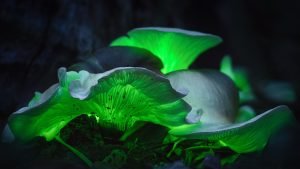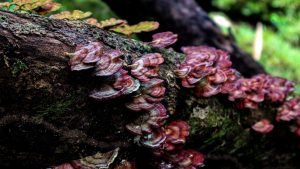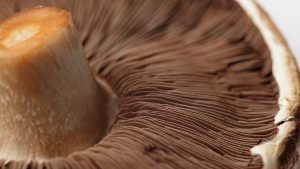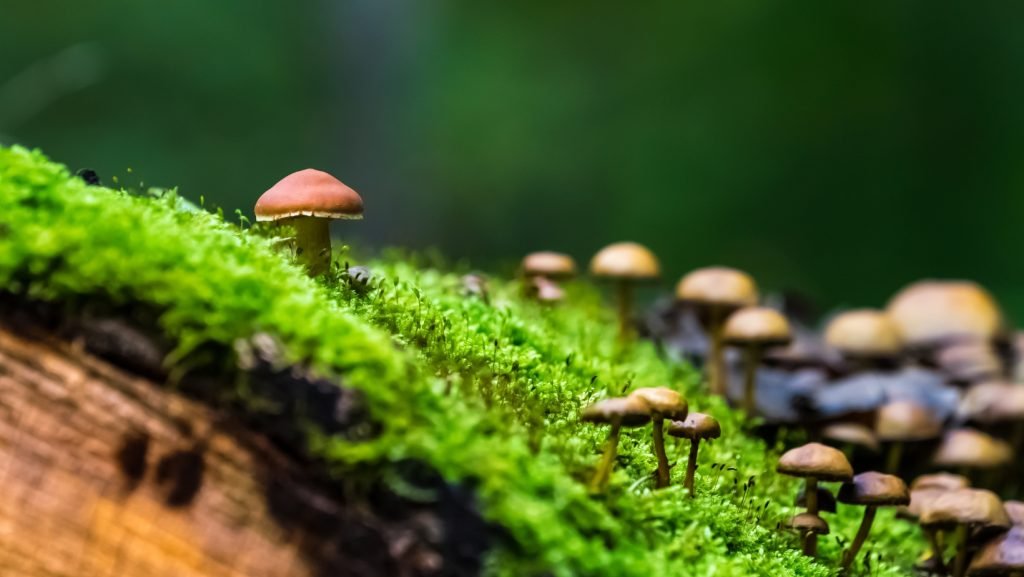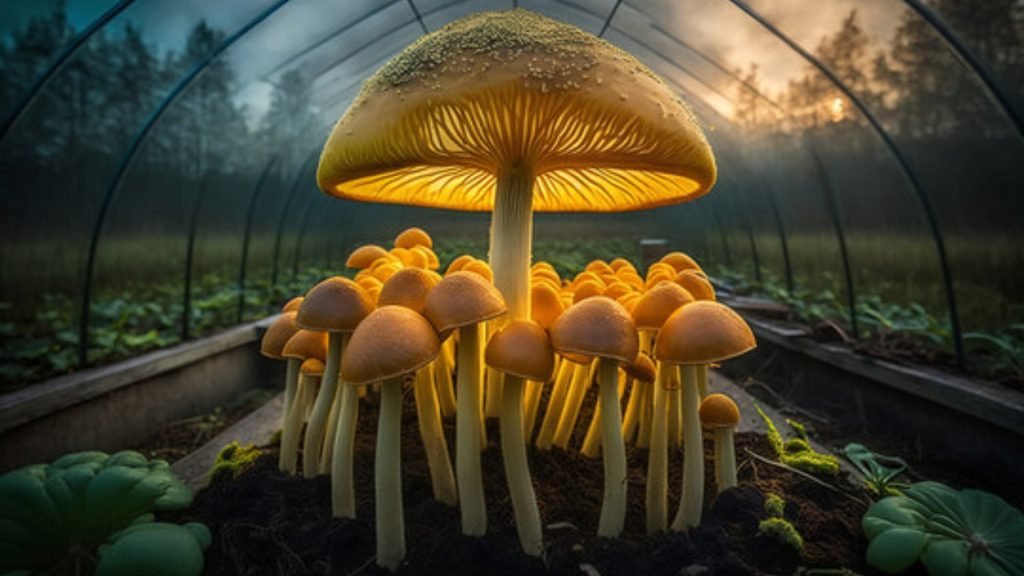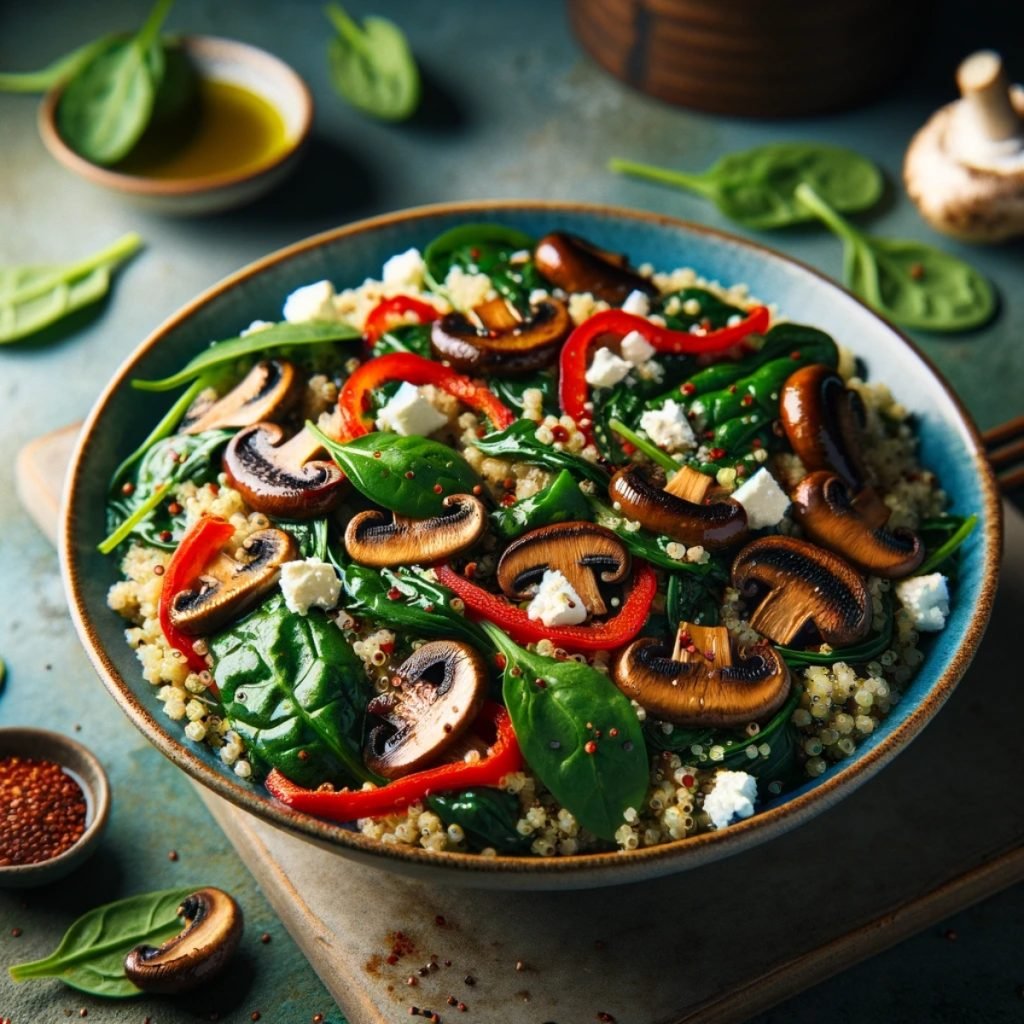The King Oyster Mushroom, also known as Pleurotus Eryngii, is the regal counterpart to the more common oyster varieties. Its meaty texture, subtle woodsy flavor, and impressive size make it a coveted choice for both the kitchen and home cultivation.
The Royal World of the King Oyster
A member of the oyster mushroom family, the King Oyster stands apart due to its unique structure and taste. Unlike its relatives, this mushroom has a thick, robust stem and a comparatively small cap. Native to the Mediterranean regions, it has been embraced by culinary enthusiasts around the globe, especially in Asian cuisines, for its succulent texture and rich flavor profile.
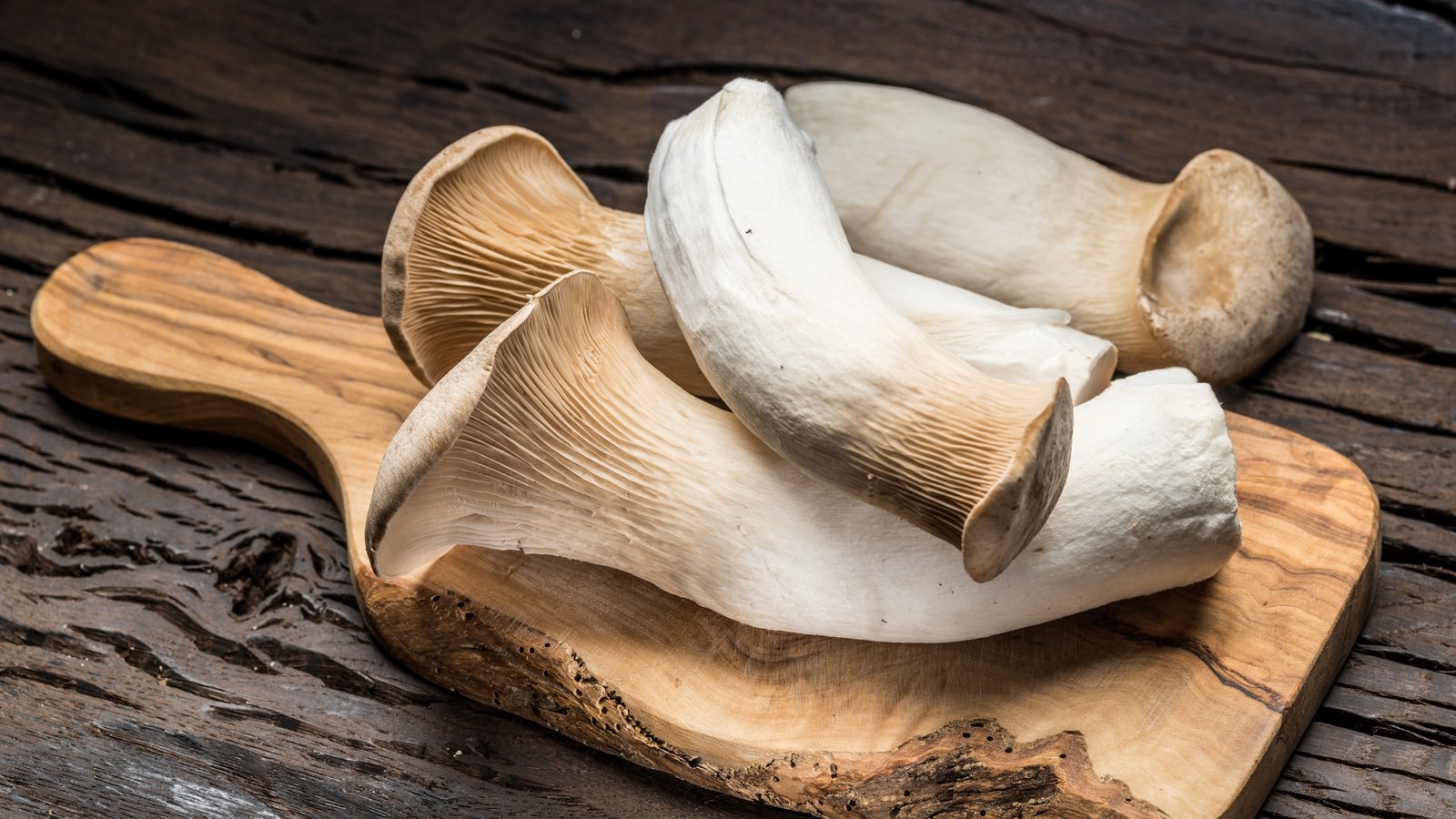
Understanding King Oyster’s Needs:
King Oysters have specific cultivation requirements. While they can be slightly more demanding than their oyster counterparts, the results are worth the patience and meticulous care. They prefer a cooler temperature range of 50-70°F (10-21°C) and thrive best on hardwood-based substrates.
Humidity is a crucial factor. Maintaining a consistent humidity level (around 90-95%) during the fruiting stage is vital. However, ensuring proper ventilation is equally essential to prevent bacterial contamination and promote healthy mushroom growth. Unlike many other varieties, King Oysters exhibit a longer cultivation cycle. They may take a bit more time to colonize the substrate and to fruit, but the resulting large, meaty mushrooms are a reward for the wait.
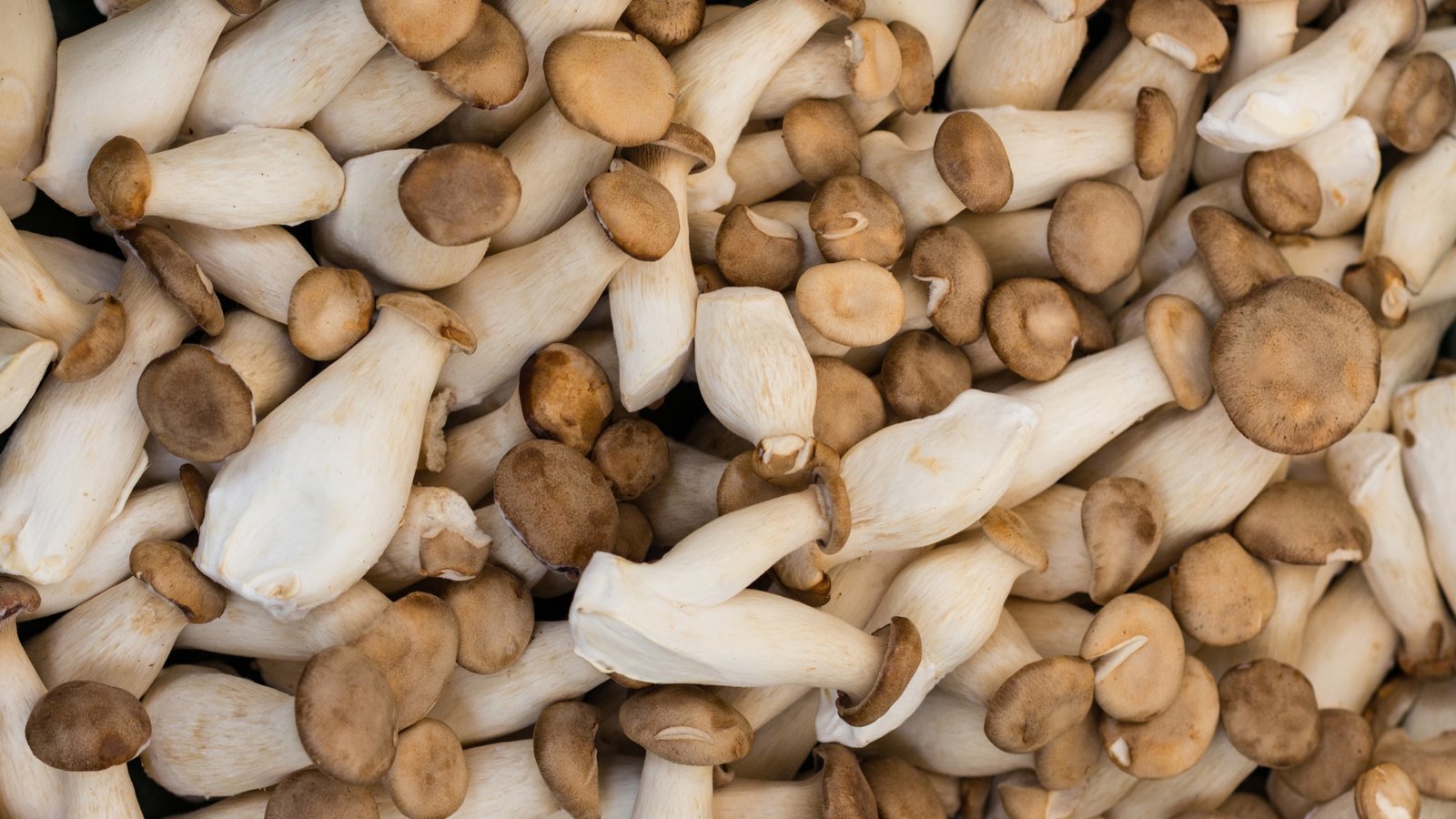
Cultivation Steps and Harvesting:
Starting with the right spores or mycelium is essential. Reliable suppliers will provide either grain spawn or liquid culture. Once inoculated, the substrate should be kept in a dark, cool place until fully colonized.
Upon colonization, it’s time to introduce them to fruiting conditions. This involves exposing them to indirect light, maintaining high humidity, and ensuring regular air exchange. King Oysters grow tall and robust, so providing ample space for growth is essential.
Harvesting is an art in itself. For King Oysters, it’s best to harvest them when the cap is still slightly curled downwards, ensuring the most tender and flavorful experience.
The universe of mushrooms is expansive, each variant bearing its own unique charm and characteristics. The Marketplace on the 🍄 Mushroom Network is a testament to this diversity. It is a haven for those seeking a deeper understanding of the magical world of mushrooms. If you’re keen on learning more about this type of mushroom and other mushroom variants, this Marketplace is your ultimate resource.
No posts found!
Troubleshooting and Common Issues:
Contamination is a common concern with mushroom cultivation. Keeping the growing area clean and ensuring proper air exchange can mitigate this risk. Yellowing or browning of the substrate is a sign of bacterial contamination.
Mushrooms growing tall and skinny can indicate a lack of fresh air, while short and stubby growth might be due to excessive light. By tweaking these conditions, one can guide their King Oysters to grow thick and hearty.
Overwatering or excessive humidity can lead to soggy mushrooms. Monitoring and adjusting the moisture levels can ensure firm, healthy growth.
Not sure where to start? The 🍄 Mushroom Academy offers a wide range of courses tailored to your needs. Whether you’re a beginner eager to learn or an experienced mycologist looking to broaden your knowledge, the 🍄 Academy has something for everyone.

Embarking on the King Oyster Odyssey:
As with all endeavors, patience, and consistent effort yield the best results. Cultivating King Oyster mushrooms at home not only provides a sustainable source of gourmet fungi but also a fulfilling journey into the heart of mycology.
Don’t forget to check out the 🍄 Mushroom Network’s Marketplace to see what’s available. But hurry, our shelves are constantly evolving, and you wouldn’t want to miss out on this wonderful mushroom. Join our growing network of Patrons, Genetics, and Mycologist Vendors only on the 🍄 Mushroom Network!
Recommended Reads:
Alien Communication: Do Mushrooms Help in Interstellar Dialogue?
About This Article: Could mushrooms be the original ‘ET phone home’ device? Read on to...
Read More...The Lure of Luminosity: Understanding Bioluminescent Fungi
Nature has always held fascinating secrets, and the realm of mycology is no exception. Among...
Read More...Exploring the Medicinal Properties of Red Reishi
Our expedition today navigates the therapeutic realms of the Red Reishi, the “Mushroom of Immortality.”...
Read More...Portobello Mushroom (Agaricus Bisporus)
Greetings, fellow mycophiles and curious minds! Welcome to a comprehensive exploration of one of the...
Read More...Whoa there, Spore Sport! 🍄 Looks like you’re not logged in yet. Don’t you know what you’re missing? MYCO-CREDITS! Imagine all the fungal fun you could have. It’s like finding a Morel in May and not picking it. Tragic, right? Log In or Become a Myco-Patron and start racking up those credits. It’s more rewarding than finding a mushroom in your backyard! 🌟🏡


